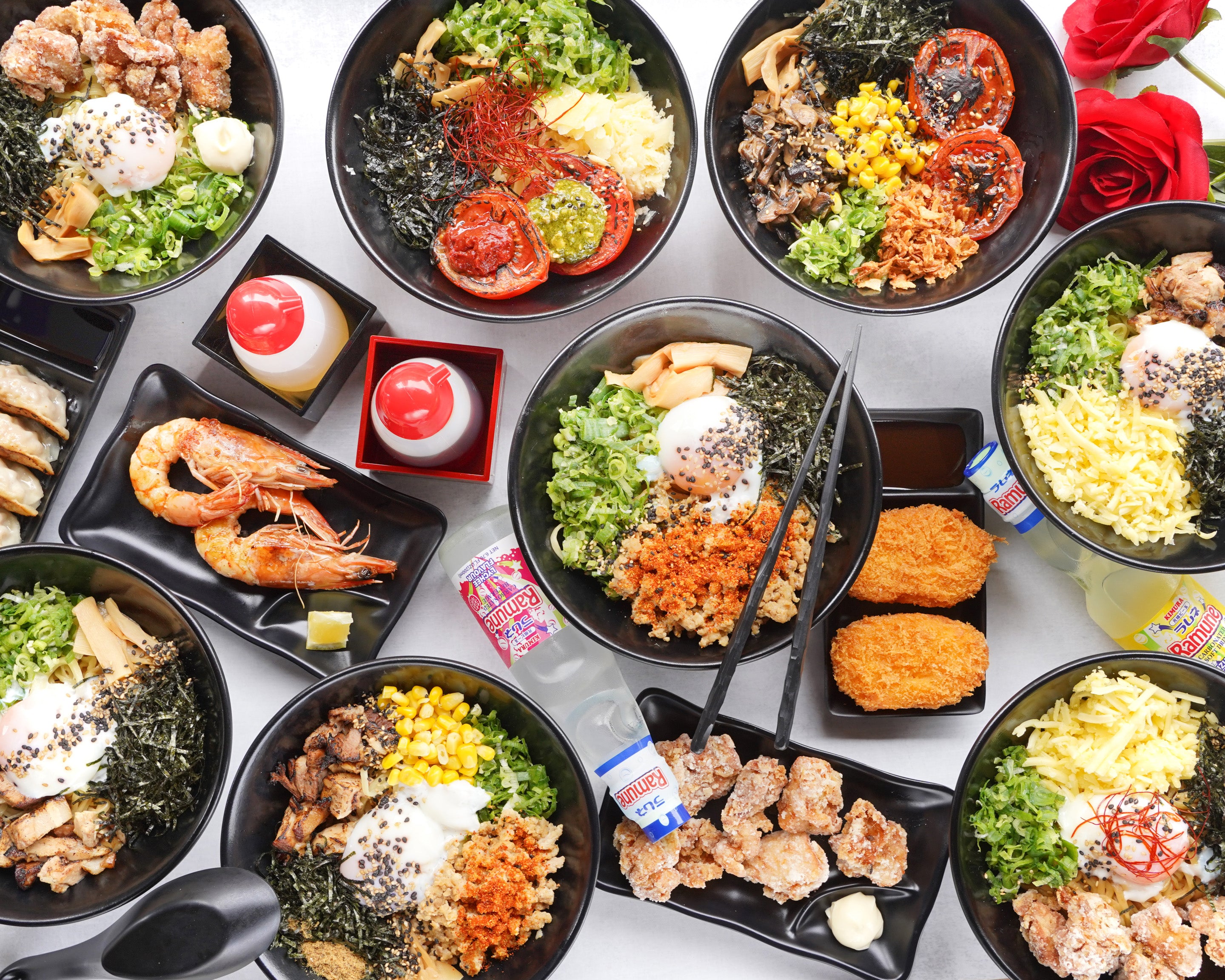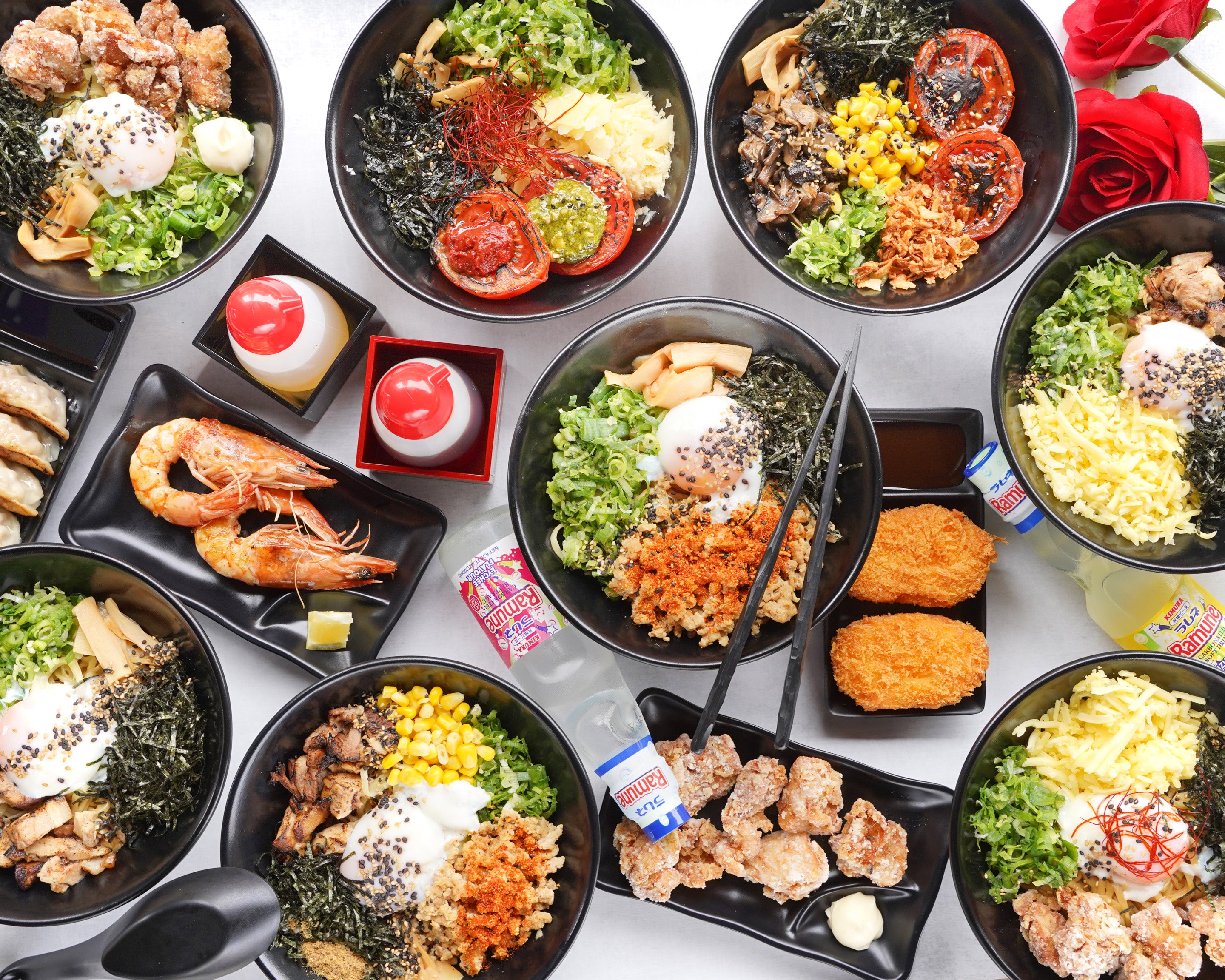Mazesoba and its Origins
Mazesoba まぜそば (also sometimes known as Abura soba 'oil noodles' or Mazemen) translates to 'mixed noodles' in Japanese. It is a popular brothless variant of ramen that replaces soup with an umami soy based tare, has thick & chewy noodles, comes with toppings such as pork belly chashu and is mixed together before eating. Although they are essentially the same type of dish, Mazesoba generally has more toppings than Abura Soba.
Mazesoba is thought to have originated in the 1950s in Nagoya. It was inspired by a Taiwanese recipe (and because of this, it is also sometimes known as Taiwan Mazesoba in Japan).
Why is it 'soba' but is not made out of buckwheat?
When ramen first was introduced to Japan, it was known as 'shina soba' - shina for China, soba for the noodle dish already well established in Japanese cuisine. As this name has a negative undertone, it was later called 'chuka soba' or chinese noodles and more commonly referred to as 'ramen' from the Chinese term 拉麺 la mian. In Japanese, ramen ラーメン is still written in Katakana because of its origin.
This is why the term 'soba' and 'men' can be used interchangably to refer to noodles in Japanese.
The noodles used in mazesoba are in fact wheat noodles made out of water, kansui and flour - just like the noodles in the different types of ramen.
Is Mazesoba a Ramen?
Ramen can be classified by the different sauces or tare : shoyu (soy), shio (salt), miso (soybean paste) and tonkotsu (pork bone). Each city or region of Japan has its own specialty for example, Sapporo Miso ramen, Hakata Tonkotsu Ramen or Tokyo-style Shoyu Ramen.
Ramen can also be categorised by its type of soup: chintan (clear broth) or paitan (white/cloudy broth).
With its growing popularity, variations of ramen now also exist such as tsukemen (dipping noodles), hiyashi chuka (cold noodle) and of course, mazesoba (mixed noodles). The world is ramen unlimited as it is driven by creativity and craft of many notable ramen shops.
Amongst ramen masters, what classifies as a ramen is a wheat noodle dish that contain kansui or 'alkali water' in its recipe. Using this definition, we would say that mazesoba is a type of ramen.


